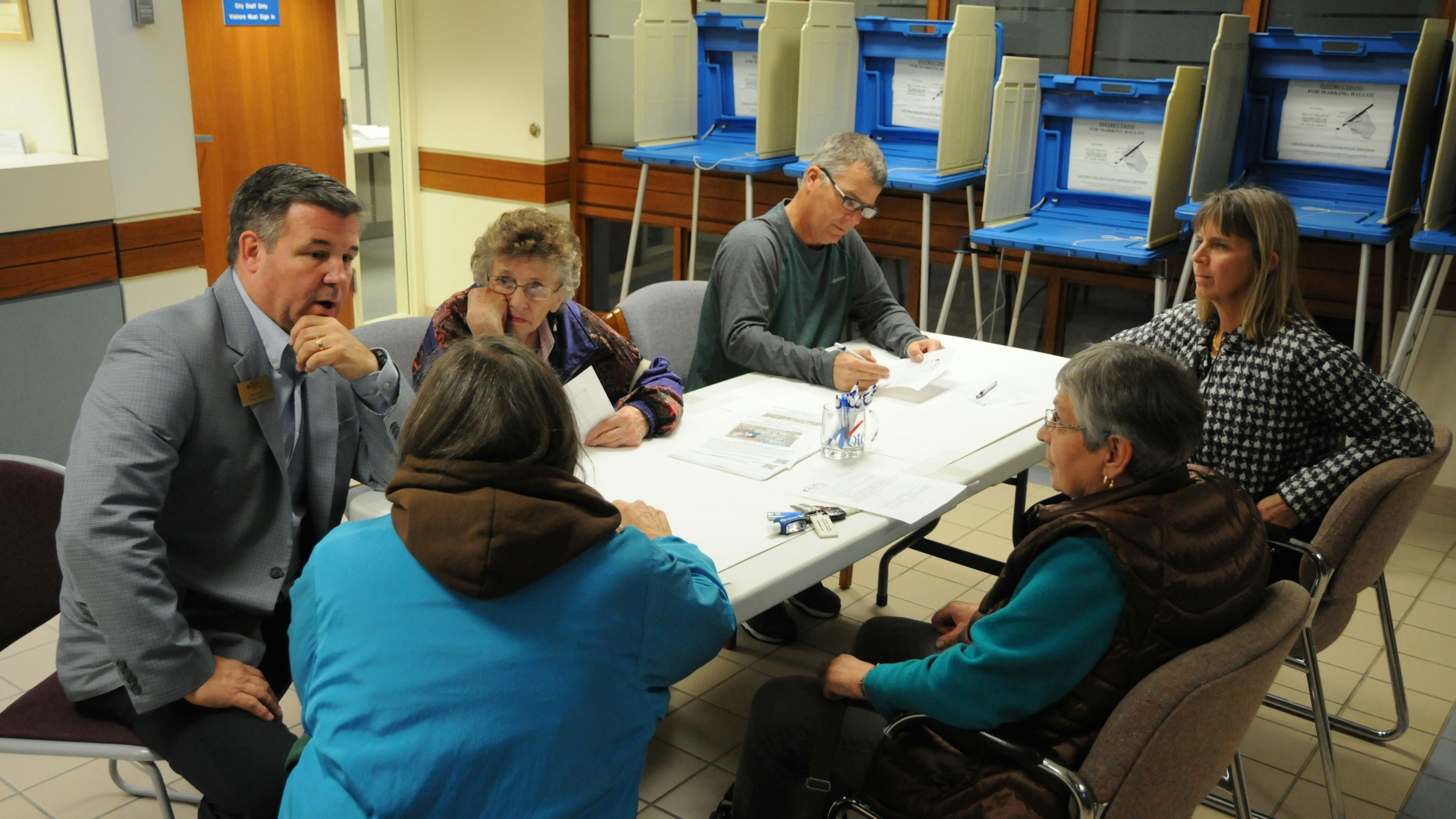
Community engagement empowers the most important stakeholders - the users of a building. The concept is based on the idea that those who may be affected by decisions impacting their community should have input on the solution. The design of public sector facilities directly affects the communities they serve. By engaging members of those communities and working with them to create solutions, resulting projects are positioned for success.
Community engagement is an important part of any large-scale project and requires intentional interactions between the community and public decision makers. The process ensures the public has input on decisions that influence the delivery of services and the sustainability of the community.
Individuals and governments should work collaboratively to create long-term goals for their respective communities. By listening and working together, consensus and trust are built around solutions to complex issues. Community engagement should embrace the idea that through intentional interactions with community members and policy makers, real change can and will occur. The process builds and sustains relationships between individuals and government leadership well into the future.
Community members are truly engaged when they play a meaningful role in both the decision-making process and the implementation of projects that affect them.
While many people use community engagement and public participation interchangeably, there are core differences between the two approaches. At a high level, community engagement is more proactive and public participation is more reactive and often not as collaborative.
In its purest form, community engagement is intentional and encourages interactions between community members and their elected (or non-elected) decision makers. It may help to think of community engagement as mutual decision making. The process encourages the public to come alongside policy makers and share ideas and information without judgment or bias. It must purposefully push back against the traditional hierarchical “top down” approach to elected decision making with the ultimate goal of creating a stronger relationship with the community.
While definitions vary, public participation typically involves engagement after much of the planning is complete. At times, this results in outcome-related disagreements, which are often due to lack of information or context regarding the proposed solution. Participation can also stem from sharing information via surveys, public announcements, open forums or lobbying. The topic typically determines the public’s reaction, from a simple public notice regarding a policy change to broader, more significant updates. Because community engagement requires open dialogue and intention, it’s the most beneficial strategy when planning and designing a public sector project.
Numerous strategies can be taken to engage the community, and some are more effective than others. Based on our experience, the principles below consistently help ensure successful community engagement:
These interactions allow for more intimate connections with community members, which are important in building relationships. Public meetings, presentations, open house meetings and other similar gatherings in less formal environments are all great examples of opportunities to connect with others in-person.
When working with two rural communities to plan the Little Falls Community Center, a local health and wellness facility, our team employed several strategies to best engage community members by generating conversations around what was most important to them. We arranged various listening sessions to allow people to ask questions and discuss their non-negotiables for the building. A facilitator was present to ask questions of the attendees during these listening sessions such as, “If you were building this facility, what would you include or leave out?” Sticky notes on the table allowed those who didn’t want to participate in the sessions a chance to share their thoughts. Hosting numerous sessions provided opportunities for attendees to build trust with our team and articulate their priorities. Once wrapped, our team documented and reported the outcomes to the public, which was a great way to showcase how local community members influenced the facility’s outcome.
Online forums, blogs, polls, frequently asked questions, and digital presentations are all digital engagement opportunities that continue conversations. While public meetings often come with agendas and time constraints, digital engagement opportunities allow for deeper discussions on topics that arise during initial meetings. Online forums also provide opportunities for those who may not feel comfortable engaging in a public forum or simply can’t attend in-person meetings to share their opinions, generating more engagement, participation and a broader reach within the community.
By engaging community members, project teams can better understand what the community needs and wants. It’s vital to start early in the planning process to allow for ample feedback.
During the Little Falls community engagement process, we confirmed many of the original objectives for the multi-generational facility, including providing activities for all ages. We also uncovered a community need for additional meeting spaces to host organizations, clubs and events, as well as more athletic practice space that could be shared with the school district, youth sports and adult leagues. By hosting listening sessions, the final solution was more robust and had broader community support.
A successful engagement strategy solidifies community ownership of the final solution, elevating a project from simply a place of business or activity to one with far reaching (and often personal) community benefits. We believe that a successful outcome is one that not only reflects the values of the community and organization, but one that citizens are proud of.